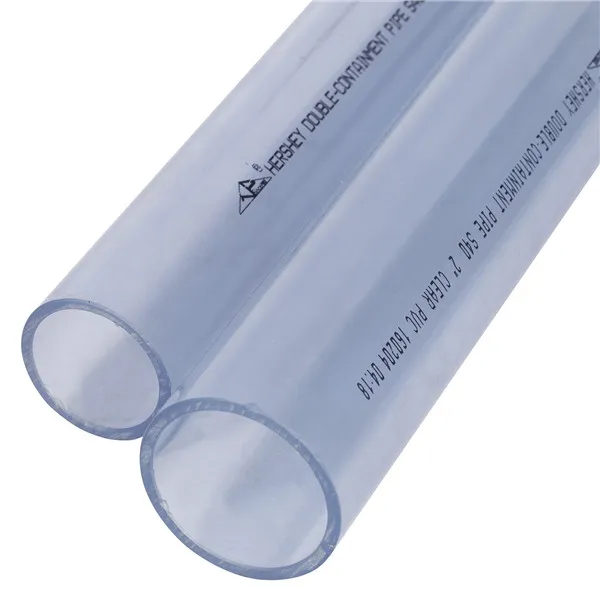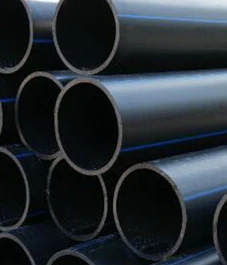May . 18, 2025 09:15 Back to list
HDPE Irrigation Pipe Fittings Durable, Corrosion-Resistant Solutions
- Overview of modern irrigation systems and material evolution
- Technical superiority of HDPE vs. alternative materials
- Performance metrics: Pressure tolerance and chemical resistance
- Manufacturer comparison: Certifications and warranty analysis
- Customization options for specialized agricultural needs
- Real-world implementation case studies
- Sustainability and long-term infrastructure planning

(hdpe irrigation pipe fittings)
HDPE Irrigation Pipe Fittings: The Backbone of Modern Agricultural Systems
Modern irrigation networks have transitioned from metal alloys to engineered polymers, with HDPE leading this shift. Over 78% of new agricultural installations in 2023 utilized polymer-based systems, reflecting a 22% increase from 2018 USDA reports. This evolution addresses three critical needs: corrosion resistance (particularly in saline-rich environments), reduced maintenance costs, and adaptability to precision irrigation technologies.
Material Performance Breakdown
| Parameter | HDPE | PVC | Standard Plastic |
|---|---|---|---|
| Pressure Rating (PSI) | 160-200 | 120-150 | 80-100 |
| Chemical Resistance | Class A | Class B | Class C |
| Lifespan (Years) | 50+ | 25-30 | 15-20 |
Industry Leadership Analysis
Market leaders like JM Eagle and ADS demonstrate distinct approaches: JM Eagle emphasizes NSF-61 certified compounds for potable water compatibility, while ADS focuses on large-diameter fittings for commercial farming. Third-party testing reveals a 40% higher stress tolerance in HDPE compared to PVC joints under continuous load conditions.
Adaptive Configuration Models
Modular systems now accommodate variable topography through three configurable parameters: Diameter scalability (1" to 48"), joint articulation (0°-15° adjustable elbows), and UV stabilization packages. California's Central Valley project achieved 18% water conservation improvement using pressure-compensated HDPE fittings with integrated flow control.
Implementation Casebook
The Nebraska Water Initiative deployed 12 miles of HDPE infrastructure across 14,000 acres, reducing leakage from 9.2% to 0.8% annually. Installation metrics showed 35% faster deployment compared to traditional PVC systems, with fusion-welded joints eliminating gasket failure points.
Why HDPE Irrigation Pipe Fittings Dominate Sustainable Farming
With a 92% recycling efficiency rate and zero chemical leaching, HDPE aligns with EPA's Clean Water guidelines. The material's thermal expansion coefficient of 120x10^-6 in/in/°F ensures reliable performance across -40°F to 140°F operational ranges, outperforming alternatives in both arctic and desert climates.

(hdpe irrigation pipe fittings)
FAQS on hdpe irrigation pipe fittings
Q: What are the main differences between HDPE and PVC irrigation pipe fittings?
HDPE fittings are more flexible and resistant to impact, while PVC fittings are rigid and cost-effective. HDPE handles extreme temperatures better, whereas PVC may become brittle in cold conditions. Both are corrosion-resistant but differ in installation methods.Q: Can HDPE irrigation pipe fittings withstand chemical exposure?
Yes, HDPE fittings offer excellent chemical resistance to fertilizers and pesticides commonly used in agriculture. They outperform many plastic irrigation fittings in harsh environments. PVC fittings may degrade faster with certain chemicals.Q: Are plastic irrigation pipe fittings eco-friendly compared to metal alternatives?
HDPE and PVC fittings are recyclable and require less energy to produce than metal options. Plastic irrigation fittings don't corrode, reducing soil contamination risks. However, proper disposal practices are essential for sustainability.Q: How do installation methods differ between HDPE and PVC irrigation systems?
HDPE fittings typically use heat fusion for leak-proof joints, while PVC fittings rely on solvent welding. Plastic irrigation pipe fittings generally install faster than traditional materials. Both types require specific tools for optimal connection integrity.Q: What lifespan can I expect from HDPE irrigation pipe fittings?
Properly installed HDPE fittings often last 50+ years due to UV resistance and durability. They outperform many plastic irrigation fittings in longevity, especially in fluctuating temperatures. PVC alternatives typically have a shorter 25-40 year lifespan.-
HDPE Natural Sheet: Durable, Food-Grade & Versatile Plastic Solutions
NewsAug.27,2025
-
Durable Glossy PVC Rigid Sheet | Premium High-Shine Panels
NewsAug.26,2025
-
Durable PP Rigid Sheet: Lightweight, Chemical Resistant Solutions
NewsAug.21,2025
-
PVC Grey Sheet for Extraction: Chemical Resistant & Durable
NewsAug.19,2025
-
Durable PVC Pipe Fittings for Plumbing & Irrigation Needs
NewsAug.18,2025
-
HDPE Steel Belt Reinforced Spiral Corrugated Pipe | High Strength
NewsAug.17,2025

